NuDigest: Complex Rehabilitation Strollers
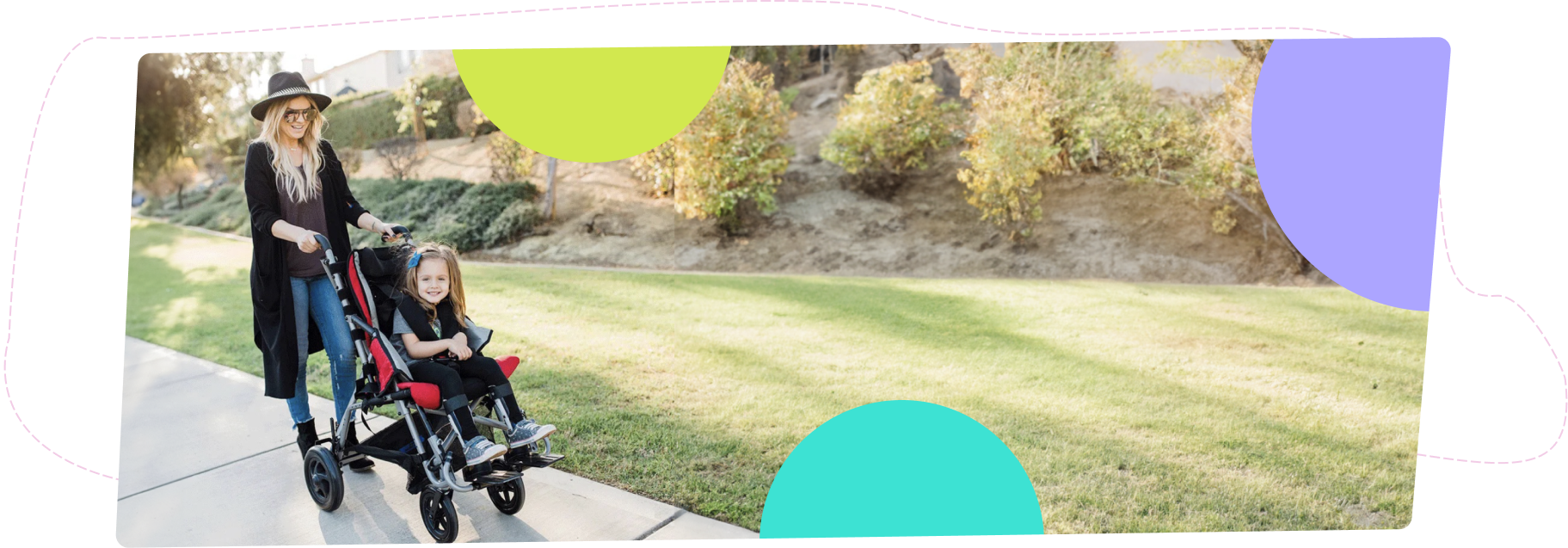
Selecting the right complex rehabilitation technology device for a young child is not an easy decision.
There are many options available, and several factors for the parents and clinical team to consider.
Complex rehabilitation strollers play an important role in supporting and providing dependent mobility for
infants and very young children. They combine the look of a stroller with the supportive seating that a
small child needs. They differ from regular strollers in how they collapse, the type of supports and
accessories available, and how they adjust for growth. Strollers that have a “reversible seating
configuration” on the base allow the parent to view the child's face, which is especially necessary if the
child is medically fragile. The way they are constructed allows them to be disassembled and stored in a
vehicle. They typically have attachments on the frame that allow transporting in a vehicle that has
tie-downs. Most offer a 3 point harness that is separate from the positioning chest and pelvic straps to
safely secure and support the child in the system. Often there are available accessory options such as a
work tray, caster locks or a rain cover, although some, or all, options may not be covered by insurance.
Many manufacturers include the ability to attach life support devices, such as ventilator trays, oxygen
holders, suction machines and IV poles. The team does need to be careful about the number of devices, their
impact of increased width and length to the stroller, their added weight, and the complexity they will add
to folding and unfolding. There is also potential for other assistive technology devices to be attached,
especially as the child enters pre-school, including an augmentative communication device. The team may find
that they run out of “real estate” or available places to safely and functionally attach these devices on a
stroller. All of this needs to be considered in the prescription process by the team as these variables can
often lead to a conversation about the options of a stroller versus a tilt-in-space manual wheelchair.
While strollers fill the need in many circumstances, their seating systems are often times not appropriate
for children requiring very complex and aggressive positioning - such as children with very high tone.
Additionally, strollers solely provide dependent mobility, and are not necessarily appropriate for children
capable of some type of independent mobility, whether it is manual or powered. Parents, therapists and ATPs
need to look at this very critically, and judge to the best of their abilities, the potential of the child
over the next few years. It can be a challenge to reapply for funding after a year. For example, for an
independent base, most payers look for complex rehabilitation equipment to meet a child's needs for three to
five years.
Just as with any other pediatric mobility and seating device, it is important to note in the documentation
to the funder the measurements of the child relative to the available measurements and adjustments that can
be obtained in the seating, and what the overall weight limits are of the seating/base.
Tips for proper documentation for medical necessity and funding submission:
- Provide and discuss the information the parents and seating team need to make an appropriate decision on what equipment will best meet the goals of all.
- Ensure that the child is able to benefit from the available growth and features of the system.
- Provide current anatomical measurements of the child and compare them to the system today and the growth capability of the seating system and base in the future. For example, child's current hip width is 7”, and the seating system can grow from 6”-10”. Greater attention to detail at the front end can assist in faster funding approval, and prevent writing appeal letters or delaying the receipt of needed equipment.
- Ensure that the child is currently dependent in their mobility equipment needs and does not have the ability or potential to be independent in their mobility in the immediate future.
- Ensure that the team is realistic about what the base can safely handle in terms of life support/medical equipment. Don't forget to consider anticipated communication/education-related assistive technology needs as this may dictate the need for a tilt-in-space wheelchair base or other comparable devices.
It can be overwhelming to go through all the options available to meet the mobility needs of a young child, but asking the right questions and considering the immediate and near term needs of the child will be your guide to making the most appropriate choice.
 back to main page
back to main page
Related Products
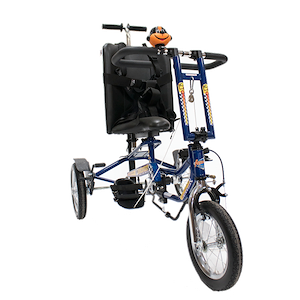
Kids Adaptive Tricycle
$3,757.00 $4175
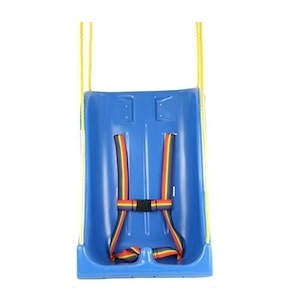
Full Support Swing Seats with Chain
$329.00
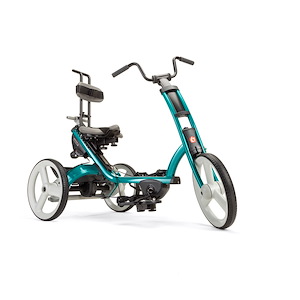
Rifton Small Adaptive Tricycle
$2,543.00
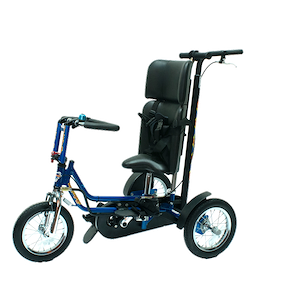
Adaptive Tricycle DCP Mini
$3,389.00 $3765
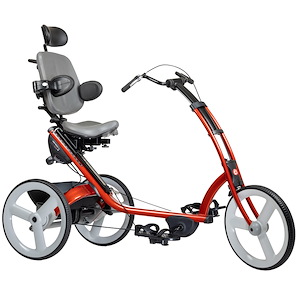
Large Adaptive Tricycle
$3,165.00
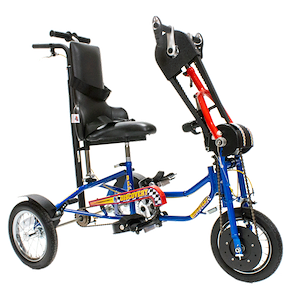
Adaptive Handcycles
$4,495.00 $4995
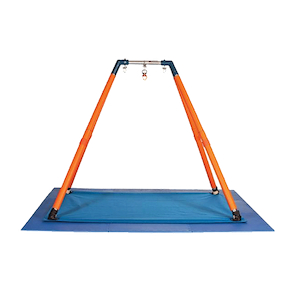
Haley's Joy Swing Frame
$2,600.00
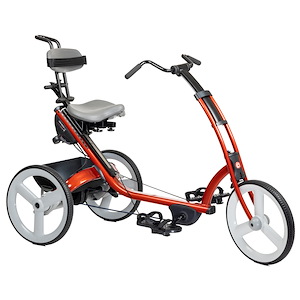
Medium Adaptive Tricycle
$2,853.00



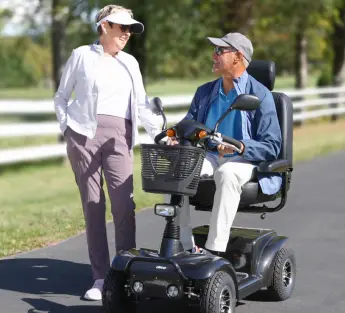

 Contact Us
Contact Us
 M-F 9am - 6pm ET
M-F 9am - 6pm ET
 Request parts
Request parts Request Service
Request Service
